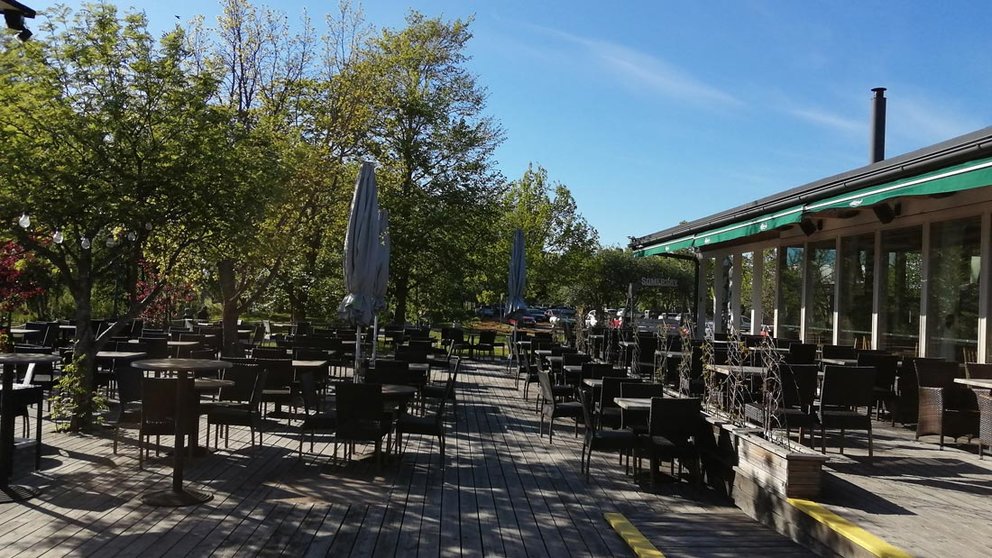It is not an exaggeration to say that most people are exhausted with hearing about this coronavirus pandemic. It is a constant barrage of news, posts on social media, conversations with family, friends and coworkers. It is having to decide, every day, whether to stay informed as a need to make necessary decisions or take a break and taking the risk of not knowing exactly what is going on. It is having our daily routines change drastically and not knowing if things will go back to normal and when.
From the beginning until now, government officials and the public alike have been struggling to adjust to the new reality and wondering if some of the new changes are going to be permanent and how will life be after Covid-19.
Slowly but surely, governments around the world were forced to take unexpected measures to ensure the public’s safety at the same time they were trying to keep the economy going. That meant that many countries, including Finland, were completely or partially shut down.
Like one of society’s first and most affected sectors by the shutdown, worldwide: the service and hospitality industries, that were forced to close entirely from early on.
Reopen but with conditions
In Finland, it was no different and restaurants, cafes and bars have been closed since April 4th of 2020, only being allowed to do takeaway and delivery services. But in early May, Sanna Marin’s government announced that they could reopen on June 1st of 2020. Yet, that will still happen under restrictions, so here is what those are and what changes:
- Businesses are allowed to be open from 6:00 to 23:00, but can only serve alcohol from 9:00 to 22:00.
- They have been told to reduce their seating area by 50%, space it out but are allowed to work at a full capacity on terraces and other open spaces.
- Customers cannot serve themselves to own meals and beverages which implies that buffets are not allowed.
- Customers that arrive in groups must keep social distancing in mind and thus should not sit too close together. Nonetheless, this should not be done against the customers wishes.
- All businesses must have a written plan of the new rules and have it in full view of the customers.
According to the Ministry of Social Affairs and Health, these measures will be applied nationally from 1 June 2020 until the end of October 2020 and are voluntary. However, there will be monitoring by regional administrative authorities that will be tasked with making sure these rules are being followed. Any business that does not comply will be closed immediately for up to a month.
Restaurant owners reject the rules
The government has been negotiating the terms and conditions of these new rules but have been met with opposition from the hospitality association MaRa.
The organization put out a statement last Tuesday saying that the seating capacity should be raised to 75% as a way to try to relieve the financial distress this sector is facing. They claim that following the government’s proposal “will be very difficult to make operations profitable" because many expenses, such as rents and energy costs rise and must be paid in full. "It is not possible to cover nearly full costs with half the number of customer seats,” these entrepreneurs complain.
This is not an easy problem to solve as government and businesses are trying to figure out what the best and safest options are for all involved.
For now, emergency services will continue to be in place, even if some restrictions are being lifted and, as in previous actions, these measures will be reviewed periodically and might be relaxed further depending on how this pandemic will continue to evolve.










